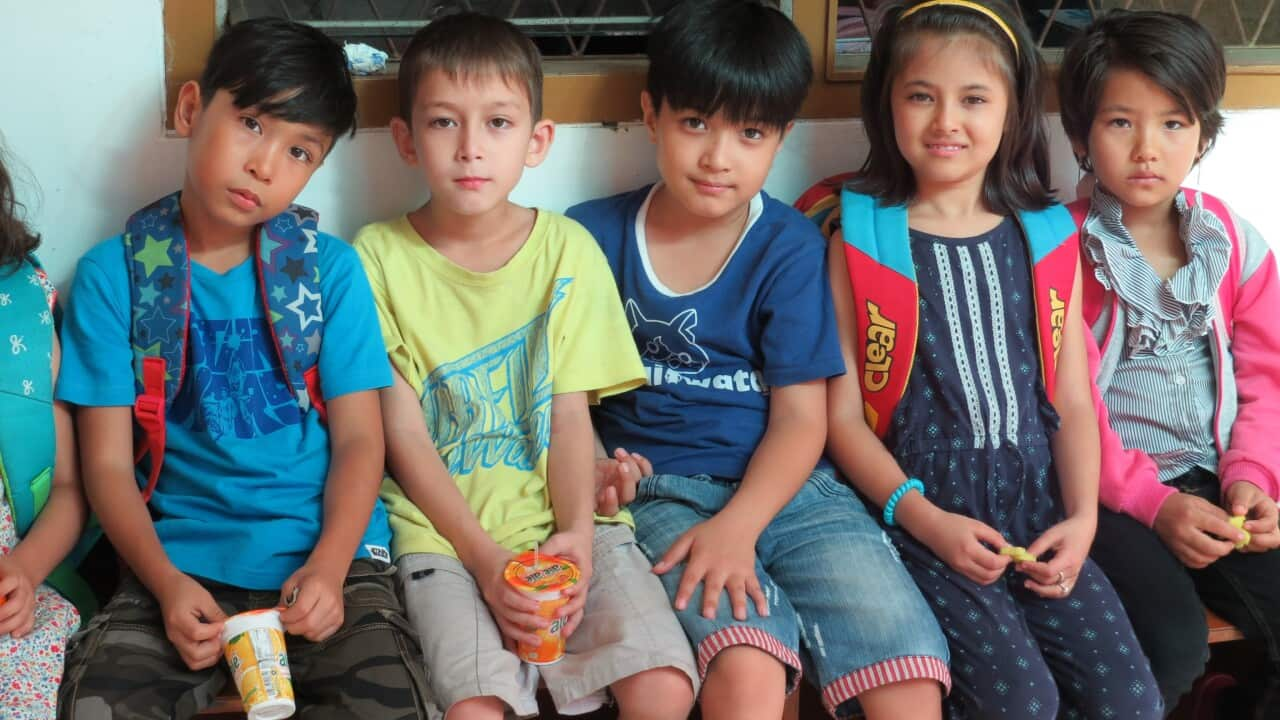Data obtained by the Refugee Council of Australia under a Freedom of Information request shows that the number of refugees granted visas to come to Australia who were ‘not’ referred by UNHCR more than doubled between 2013/14 and 2015/16.
It reflects a fall in visas granted to UNHCR referrals from 50 per cent in 2012/13 to 30 per cent in 2015/16 of Australia’s humanitarian intake.
So, if most of our refugee intake isn’t coming via UNHCR, where are they coming from?
It’s hard to fathom the enormity of the global refugee crisis, but try wrapping your head around this figure: , there are 22.5 million refugees living in the world today.
The huge task of resettling refugees starts with the UNHCR, the organisation that assesses refugee claims around the world and refers them for resettlement in third countries like Australia.
In 2016, UNHCR referred 162,500 people for resettlement, and 125,800 found homes in a new country. Almost half were from Syria, where a civil war has – 11.5 per cent of the population - since 2011. Over have fled the conflict.
In 2016, UNHCR referred 162,500 people for resettlement, and 125,800 found homes in a new country.
In 2015-16, the Australian government offered 13,750 visas through its Refugee and Humanitarian Programme. Designed to operate like a , the programme aims to meet the needs of the most vulnerable first.
RCOA CEO Paul Power says many of the non-UNHCR referrals are proposed by family members already living in Australia. No one disputes their need of resettlement, he says, but there are fears that the people the UNHCR has identified as being the most vulnerable are missing out.
RCOA CEO Paul Power says many of the non-UNHCR referrals are proposed by family members already living in Australia.
However, a spokesperson from the Department of Immigration and Border Protection says that there is no legislative requirement for applicants under the Refugee category to be referred by UNHCR, and grants have been made to applicants who self-refer.
“All applicants are required to satisfy all legislative criteria in order to be eligible for a Refugee visa, which includes the degree of persecution to which the applicant is subject in their home country,” says the spokesperson.
A spokesperson from the Department of Immigration and Border Protection says that there is no legislative requirement for applicants under the Refugee category to be referred by UNHCR, and grants have been made to applicants who self-refer.
Australia is set to take more refugees in the next few years, as the Refugee and Humanitarian Programme increases to 16,250 places in 2017-18 and 18,750 places by 2018-19.
In 2016-17, 1000 places will be offered through the new Community Support Programme (CSP). “The CSP will enable employers and businesses, as well as communities and families, to propose and support new humanitarian entrants. Priority will be given to refugees of working age who have an offer of employment or skills and personal attributes that would enable them to quickly become financially self-sufficient,” says the department spokesperson.
The government has also delivered on its promise to grant an additional 12,000 visas to Syrian refugees.
When we think of refugees, we usually think of people living in camps but the majority – at least – live in urban areas, “trying to survive whatever way they can,” says Power. “Both groups are living in difficult conditions.”
The African continent is home to most of the world’s refugee camps, where “it's difficult for people to get sufficient food and assistance really to survive month to month.” Many rely on assistance through remittances from family members in other countries to survive, says Power.
Most urban refugees are found in the cities of the Middle East and Asia. In Malaysia, urban refugees have no legal right to remain in the country, even with UN refugee status. Without any form of direct support many must work illegally to survive. “This forces refugees, people whose need for protection for persecution isn't in dispute, into living life as illegal migrants on the fringes of societies,” says Power.
When we think of refugees, we usually think of people living in camps but the majority – at least 60 per cent – live in urban areas, “trying to survive whatever way they can,” says Power. “Both groups are living in difficult conditions.”
“The risk of arrest is a very significant one. It's quite a common experience, unfortunately, for urban refugees in a country like Malaysia to end up in detention centres for short or even very lengthy periods of time.”
Power recently travelled to Geneva to attend the Annual Tripartite Consultations on Resettlement where the UNHCR published its document on global refugee resettlement needs for 2018, which states that , mostly from Syria, Democratic Republic of the Congo and Central African Republic, require immediate resettlement in the next year.
Yet there are . “Fewer than 1 in 10 of those most vulnerable refugees who are in greatest need of resettlement are actually likely to be resettled next year,” says Power.






